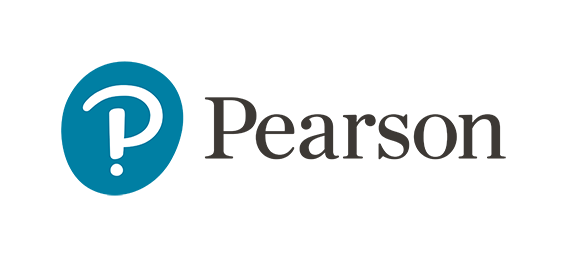
Access Point 4: Assessment and Decision Making in Support of Inclusive Language Education
Accessing inclusive second language education requires us to collect and understand information (data) about our students through good assessment practices. Good decision making that facilitates language learning requires us to draw upon our strengths as effective reflective practitioners. Bringing multiple perspectives together in collaboration can be incredibly beneficial for figuring out paths forward.
Additional Resources
Chapter 10: The Role and Place of Assessment in Inclusive Language Education
- Differentiated Activity Structures for Grouping Levels: Word / PDF
- Technology-Based Tools for the L2 Classroom: Word / PDF
- Ideas for Structuring Assessment in the Language Classroom: Word / PDF
Chapter 11: Bringing It All Together: Protocols and Processes in Support of Inclusive Language Education
- Phases of the COSFILE Protocol: Word / PDF
- Teacher Inventory of Baseline Techniques (TIB-T): Word / PDF
- Student Learning Profile: Word / PDF
- Individual Content-Area Assessment: Word / PDF
- Analyzing the TIB-T and SLP Together: Word / PDF
- Inventory of Universal Language and Differentiation Actions: Word / PDF
- Selecting and Monitoring an Inclusive Action: Word / PDF
- Targeted Action Tracking Sheet: Word / PDF
- Guidance for Interpreting the Results of the Implemented ULDA: Word / PDF
- Parent/Guardian Inventory: Word / PDF
- Collaborating in Aid of a Student Needing Better Supports: Word / PDF
- Facilitating Conversations and Actions in Support of Inclusive Language Education: Word / PDF
